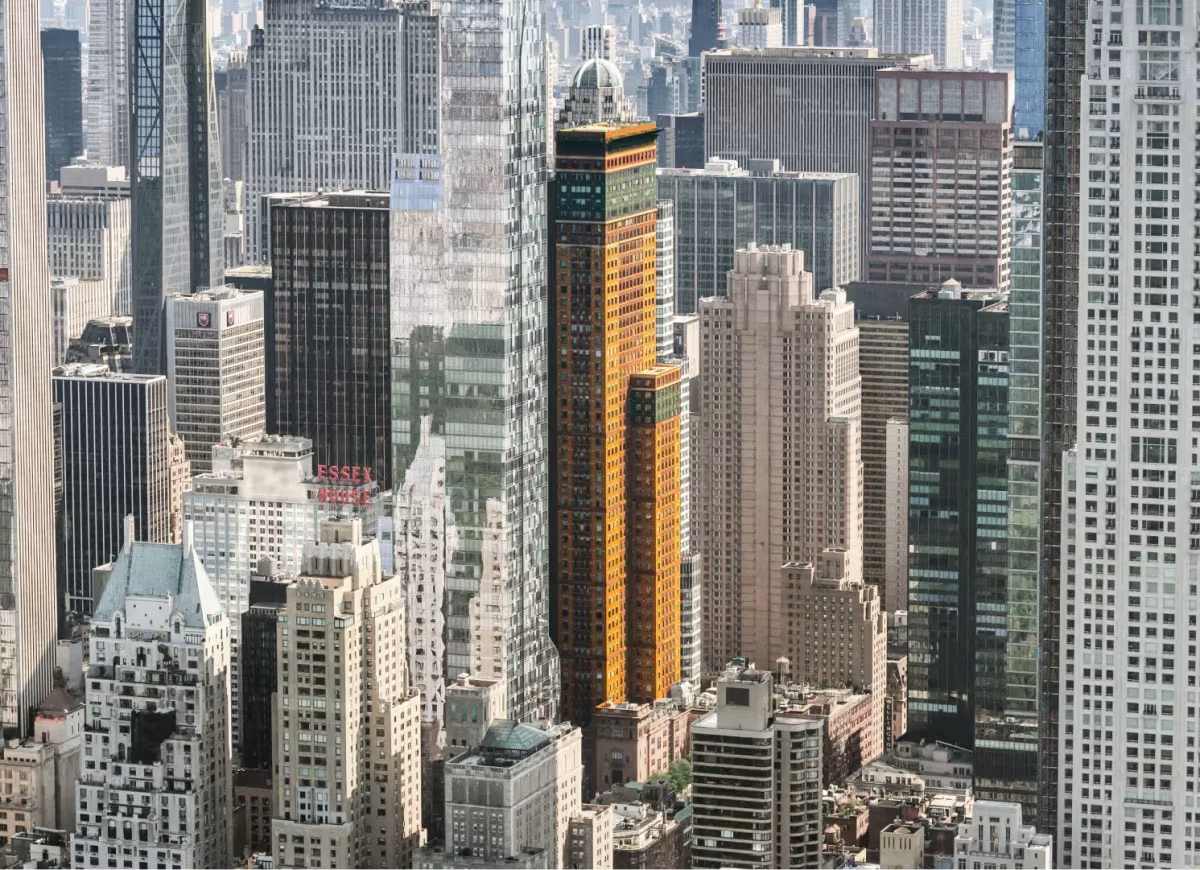200 Liberty Street Building vs Carnegie Hall Tower


Comparing the 200 Liberty Street Building and the Carnegie Hall Tower is especially interesting because they share much in common. Both rise in New York, NY both were designed by Cesar Pelli & Associates, and they were completed within 5 years of each other.
This overlap gives us a unique opportunity to understand how Cesar Pelli & Associates approached different commissions in the same urban context and historical context during a short period.
Height & Size
The Carnegie Hall Tower is clearly the larger tower of the two, both in terms of height and number of floors. It rises to 758ft (231m) with 60 floors above ground, while the 200 Liberty Street Building reaches 577ft (176m) with 40 floors above ground.
Of course, each project may have faced different briefs or regulatory constraints, which we don't really know about and could also explain the outcome.
Architectural Style
Both the 200 Liberty Street Building and the Carnegie Hall Tower were designed in line with the aesthetic conventions of the Postmodernism style.
The Carnegie Hall Tower was designed at a moment when the Postmodernism style was already in decline, making it more of a lingering expression of the movement. In contrast, the 200 Liberty Street Building was built when the style still carried greater cultural weight.
Uses
Both the 200 Liberty Street Building and the Carnegie Hall Tower were designed to serve as commercial towers, and that has remained their main use since their completion, serving similar roles in the urban fabric.
The 200 Liberty Street Building also provides 232 parking spaces.
Structure & Facade
The two buildings opted for different structural and facade solutions.
The 200 Liberty Street Building uses a Frame system, which relies on a regular grid of columns and beams to sustain its weight, while the Carnegie Hall Tower uses a Framed Tube In Tube system, that combines a strong central core with a perimeter tube of columns.
And when it came to the facade, the Curtain Wall went with a Curtain Wall facade, which uses a lightweight glass curtain wall hung from the structure, while the Carnegie Hall Tower opted for a Masonry facade, that features a heavy masonry skin that gives it a more clasical look.
| 200 Liberty Street Building | Carnegie Hall Tower | |
|---|---|---|
| Cesar Pelli & Associates | Architect | César Pelli & Associates |
| 1984 | Construction Started | 1988 |
| 1986 | Year Completed | 1991 |
| Postmodernism | Architectural Style | Postmodernism |
| Commercial | Current Use | Commercial |
| 40 | Floors Above Ground | 60 |
| 176 m | Height (m) | 231 m |
| 23 | Number of Elevators | 12 |
| Frame | Structure Type | Framed Tube In Tube |
| Steel | Vertical Structure Material | Reinforced Concrete |
| Concrete And Steel | Horizontal Structure Material | Reinforced Concrete |
| No | Facade Structural? | Yes |
| Aluminum, Glass, Granite | Main Facade Material | Brick, Glass |
| Olympia & York Battery Park Company | Main Contractor | HRH Construction |
| WSP Flack + Kurtz | MEP Engineer | Cosentini Associates |
| M.S. Yolles & Partners | Structural Engineer | Rosenwasser/Grossman Consulting Engineers |
| NY | State | NY |
| New York | City | New York |
| 200 Liberty Street | Address | 152 West 57th Street |